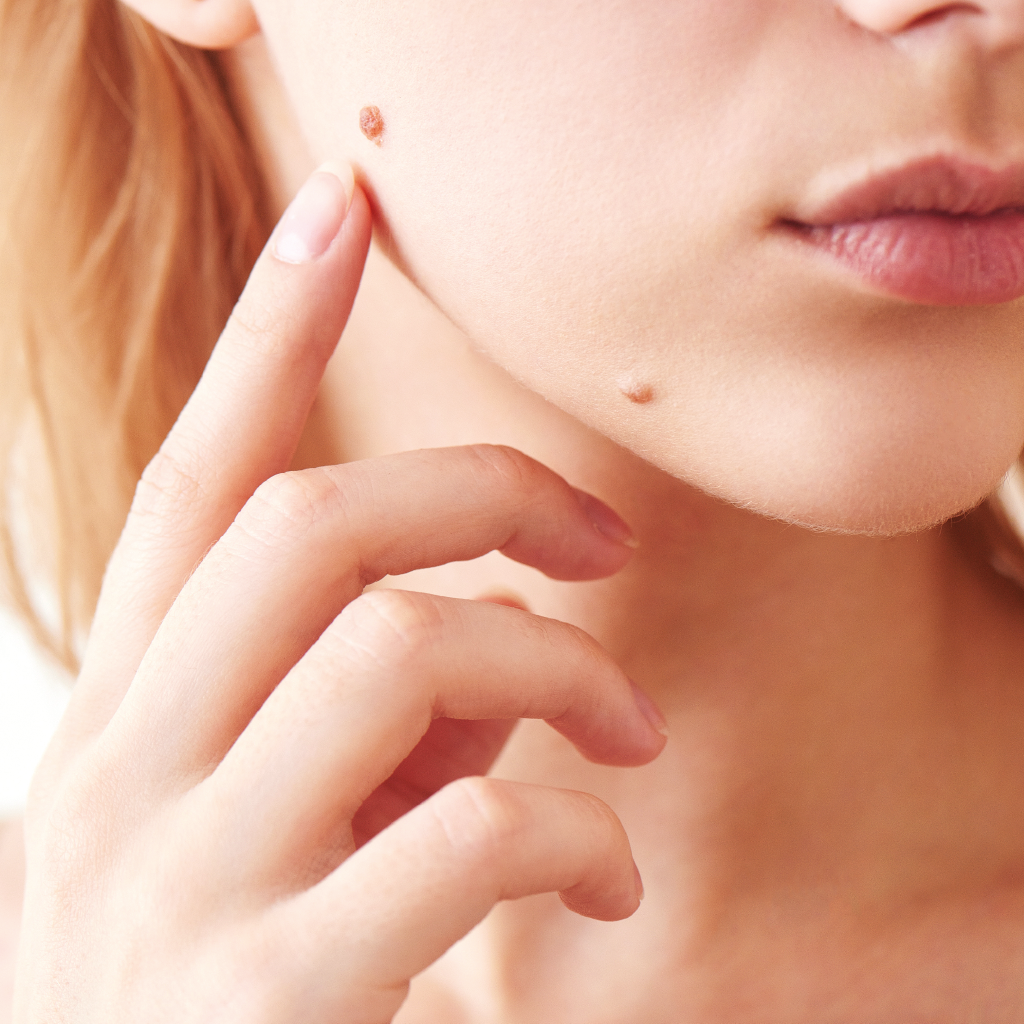What is dysplastic nevus and how does it appear?

Publication date: 12-10-2022
Updated on: 16-05-2025
Topic: Dermatology
Estimated reading time: 1 min
Dysplastic nevi (mole), also called atypical nevi, are melanocytic pigmented lesions that can occur in up to 60-90% of the population.
Importantly, this type of nevus is not necessarily synonymous with skin cancer, so it is better not to be alarmed ahead of time. According to the Skin Cancer Foundation, it is preferable to use the term 'atypical nevus' and instead reserve the term dysplastic nevus only after confirmation by histological examination.
The formation of these moles depends on several factors, including familiarity and a predisposition to have numerous ones all over the body. How to recognize them?
Dr. Bruno Bianchi, head of the Dermatology Outpatient Clinic at the Istituto Clinico Villa Aprica and a dermatologist at Smart Clinics, explains the importance of prevention and relying on experienced specialists.
Characteristics of atypical nevus
As it was mentioned, the atypical nevus (mole) is a small lesion that could, in a small percentage of cases, develop into a melanoma.
"Nevi are mostly congenital and are variable in size: in most cases they do not exceed 8 mm in their major axis and preferentially localize to the trunk," Dr. Bianchi explains.
They can appear throughout life under particular circumstances, such as during post-sun exposure, and especially in people with certain characteristics, for example:
- women during pregnancy;
- people with a light phototype (2A/2B);
- people who are unlikely to tan evenly;
- people who have freckles.
Another risk group are those who have had intermittent repeated burns throughout their lives.
Based on these characteristics, if there is family history and/or if there are more than 100 nevi present, it is necessary to immediately schedule periodic checkups to catch possible changes in the nevus that may prelude its transformation into melanoma.
How to detect a dysplastic nevus?
"To detect a dysplastic nevus, epiluminescence nevus examination and, in particular, the so-called A, B, C, D, E rule, which allows the lesion to be monitored over time and immediately catch a possible transformation to malignant melanoma, are used," the dermatologist continues.
How does the rule of A, B, C, D, E work and what to pay attention to?
This rule considers 5 characteristics of nevi:
- A, possible nevus Asymmetry: a nevus should always be roughly rounded or oval in shape. The dermatologist who ideally divides the nevus in half during the epiluminescence examination will have to assess whether by any chance there is asymmetry of the nevus itself, that is, if one half is not exactly mirror-like to the other;
- B, the Edges of the nevus: these should be sharp and regular, whereas in dysplastic nevus they are often jagged and look much like a map;
- C, the Color of the nevus: this is due to the amount of melanin present within it. It is usually a light brick shade and is evenly distributed. In atypical nevi, there can very often be shades of brown (from light to dark, up to a black color) and a possible simultaneous presence of more than one color (e.g., white, red, blue) indicative of transformation of the nevus into a melanoma;
- D, the Size of the nevus: as mentioned, nevi usually should not exceed 8 mm along their major axis. When evaluating the patient's nevi, it is most important to check their quantity, family history and the presence of the so-called familial melanoma syndrome with multiple atypical nevi (FAMMM).
- and E, the Evolution of the nevus over time: this parameter is evaluated, comparing the data of the previous dermatological examination with the current one, in order to detect any morphological, structural and colorimetric changes of the nevus.
Beware of ultraviolet rays: how to defend yourself?
"Ultraviolet rays are harmful to our nevi, especially during the summer period," concludes the specialist.
In order to prevent them from further worsening the possible atypia of some nevus, it is essential to take simple protective measures, thanks to the use of excellent sunscreens with a high degree of protection:
- for adults, the sun protection factor (SPF) should be at least 30;
- for children, maximum protection (50+) is recommended.
It is best to use creams and lotions because they provide more even coverage than sprays, with application every 3 to 4 hours in case of prolonged sun exposure.

